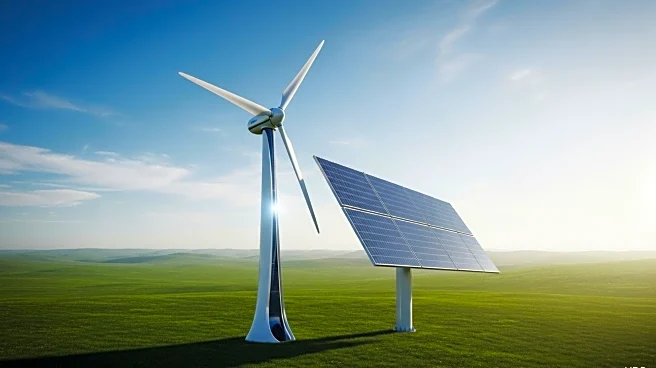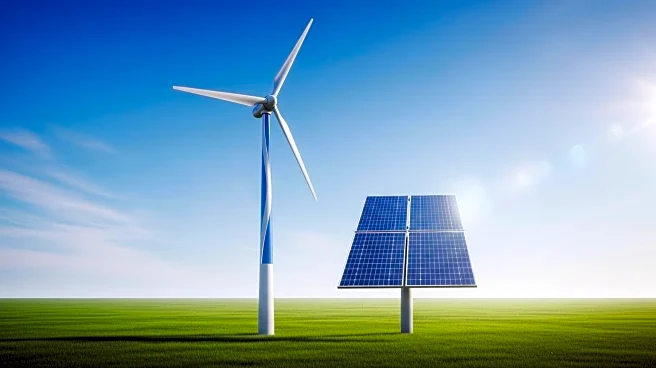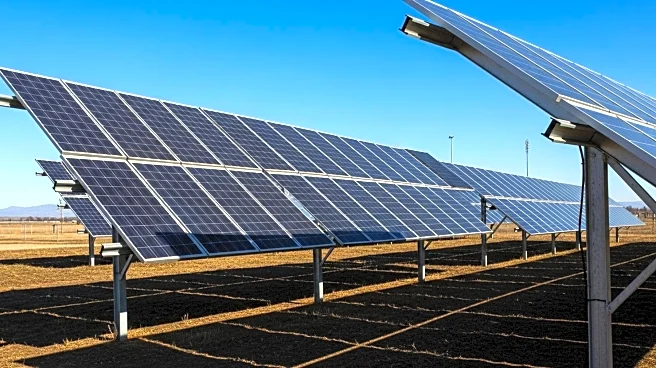What's Happening?
Orsted, an offshore wind farm company, has announced plans to reduce its global workforce by approximately one-quarter by the end of 2027. This decision comes as the company shifts its business focus towards Europe and Asia, following the completion of several large construction projects. Currently employing around 8,000 people, Orsted aims to decrease its headcount to about 6,000 as construction activities slow down. The company is adjusting its portfolio, with a significant portion of its 8.1 gigawatt construction projects coming online soon. This strategic move is intended to create a more efficient and competitive organization, ready to bid on new offshore wind projects.
Why It's Important?
The workforce reduction at Orsted highlights the challenges faced by the renewable energy sector as it navigates changing market dynamics and geopolitical influences. By focusing on Europe and Asia, Orsted is positioning itself to capitalize on emerging opportunities in these regions, potentially enhancing its competitive edge. This shift may impact the U.S. renewable energy landscape, particularly as Orsted was previously ordered by the Trump administration to halt construction on the Revolution Wind project. The reduction in workforce could lead to decreased local employment opportunities and affect the pace of renewable energy development in the U.S.
What's Next?
Orsted's strategic realignment may prompt other companies in the renewable energy sector to reassess their operational strategies and workforce needs. As Orsted completes its current projects, it aims to strengthen its financial position and competitiveness. The company's focus on Europe and Asia could lead to increased bidding on new projects in these regions, potentially influencing global renewable energy trends. Stakeholders, including policymakers and industry leaders, may need to consider the implications of such shifts on local economies and employment.
Beyond the Headlines
The decision by Orsted to reduce its workforce and shift focus underscores the broader challenges in balancing economic efficiency with environmental goals. As the company aims to become more financially robust, it raises questions about the sustainability of large-scale renewable projects and their long-term viability. This development may also spark discussions on the ethical considerations of workforce reductions in the pursuit of corporate competitiveness.











